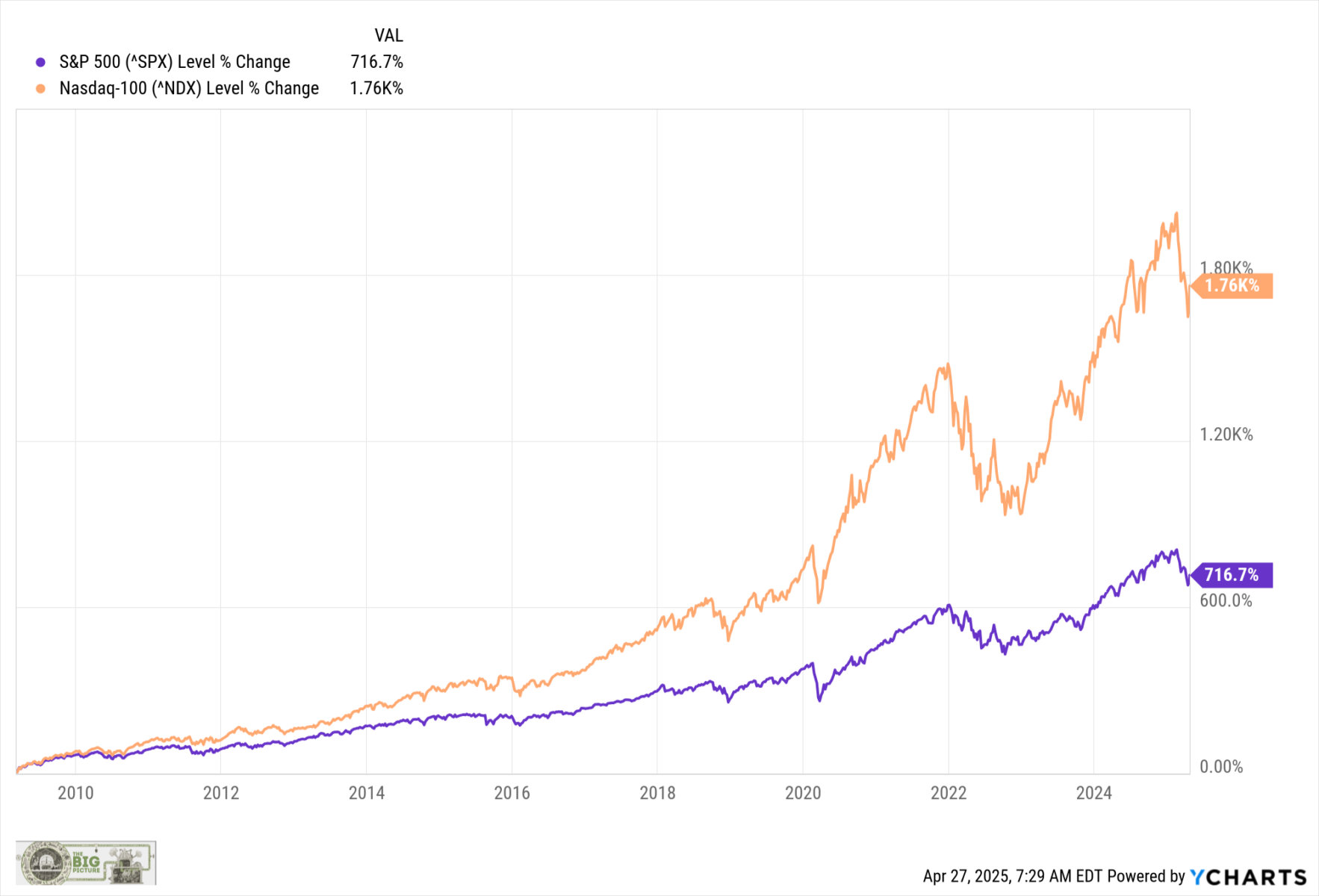March Housing Market Update: A Detailed Analysis of Local Trends and Future Projections

In today's edition of the Calculated Risk Real Estate Newsletter, we delve into the final analysis of local housing markets for the month of March while also peering ahead to anticipate trends for April sales. This in-depth report follows the release of the monthly existing home sales figures by the National Association of Realtors (NAR), which serve as a crucial benchmark for understanding the health of the real estate market.
March painted a concerning picture as existing home sales showed a decline year-over-year (YoY) for the second consecutive month. This downturn comes on the heels of four months where sales experienced a YoY increase, indicating a potential shift in the market dynamics. The total existing home sales for March were reported at 4.02 million on a Seasonally Adjusted Annual Rate (SAAR), which fell short of the consensus estimates that many analysts had anticipated. Notably, housing economist Tom Lawler provided an estimate that proved to be remarkably close to the actual figure, reinforcing his reputation for accuracy in market forecasting.
To provide some context, during the pre-pandemic period from 2017 to 2019, home sales averaged around 5.5 million SAAR for the month of March. This starkly highlights that current sales are approximately 27% below those pre-pandemic levels, a significant gap that underscores the challenges faced by the housing market today. Additionally, the months-of-supply metric for March was reported to be above the levels observed during the pre-pandemic years, indicating a more favorable environment for buyers compared to what was previously the norm.
In examining the supply of homes available in the market, we utilized Non-Seasonally Adjusted (NSA) data to gain further insights into months-of-supply trends. Current projections suggest that we may witness an uptick in months-of-supply as we transition into the summer months. Areas highlighted in red on our charts are likely to see a supply exceeding six months, which could lead to potential price pressures as inventory increases. While the six-month supply mark is often cited as a critical threshold, it's essential to recognize that reactions can vary by location; some regions may experience price declines with lower inventory levels while others may not.
For this months report, an important update includes the separation of Miami-Dade County data from the broader Miami Area, which also encompasses Broward County and Palm Beach. This nuanced approach allows for a clearer understanding of the unique market conditions in Miami as they continue to evolve.
As we look forward, more local data will be released in May, shedding light on the activity and trends observed in April. This forthcoming analysis promises to offer deeper insights into how the housing market is adjusting in response to ongoing economic conditions and consumer behavior.
Stay tuned for the next installment where we will unpack more detailed trends and statistics from the real estate landscape.




















